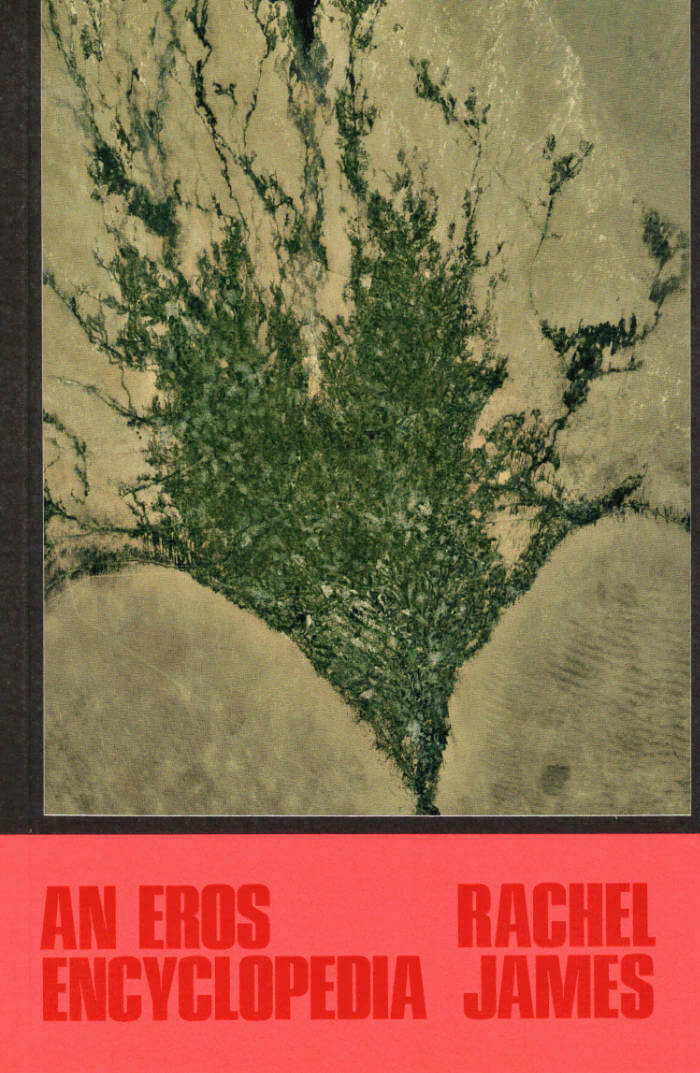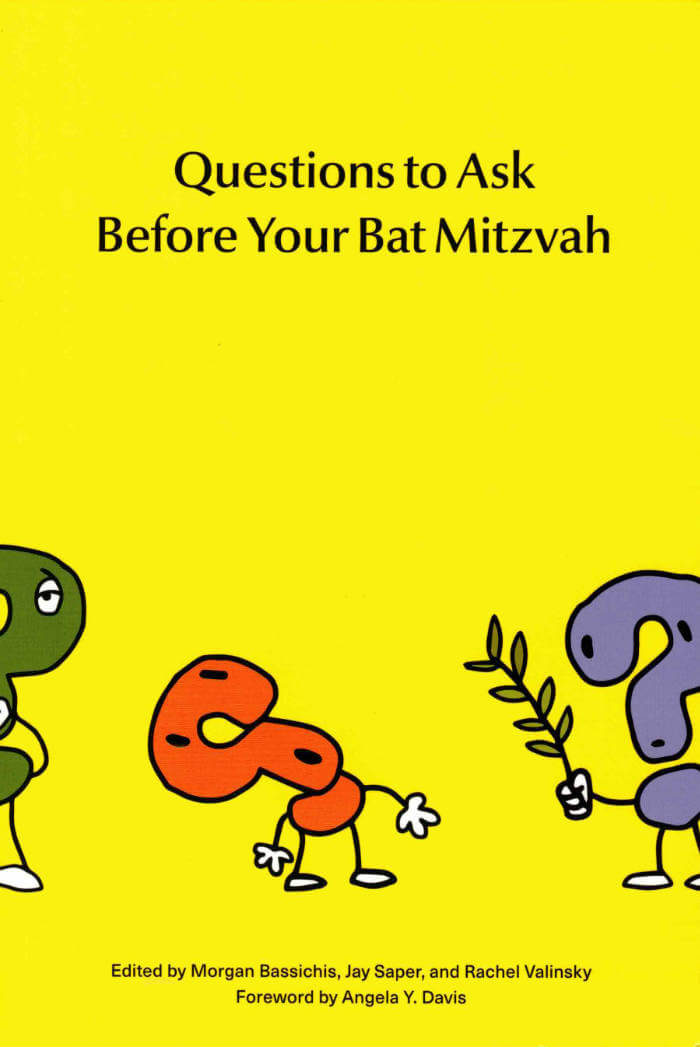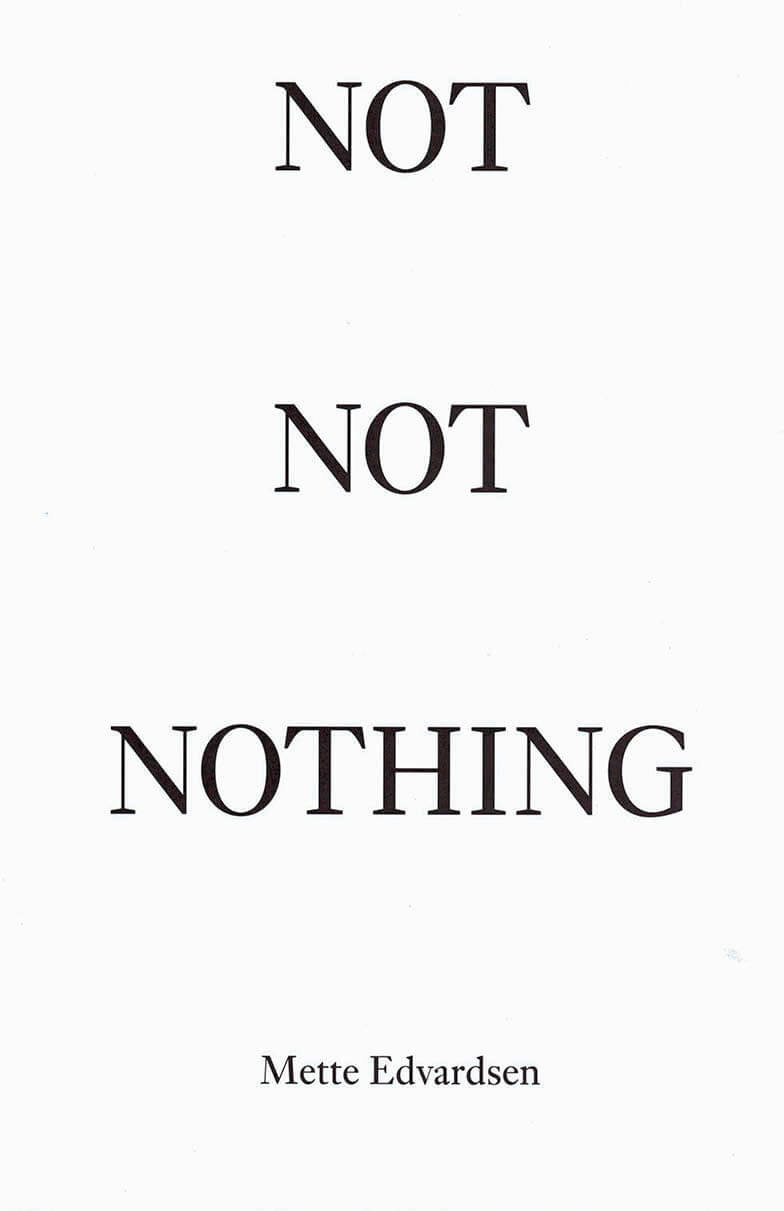
more problems with form or, desire notes or, still woman
Foregrounding the slippages between doing and undoing or not doing, speech and movement-based forms of address, and improvisation and the score, Lauren Bakst traces the forms performance takes, be they in our everyday experiences, intimate and personal relationships, memories, or on stage.
Lauren Bakst is an artist and writer living in New York. Working at the interstices of language and movement, Bakst stages critical phenomenologies of performance. Her video, publication, and performance works have been commissioned by BAM/Wendy's Subway, Dance and Process at The Kitchen, Klaus von Nichtssagend Gallery, Danspace Project, SculptureCenter, and Pioneer Works. Lauren teaches in Philadelphia at the University of the Arts School of Dance, where she is currently curating The School for Temporary Liveness, to which rile* was invited to participate in its second edition over the spring of 2020.
Language: English







